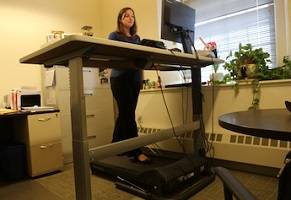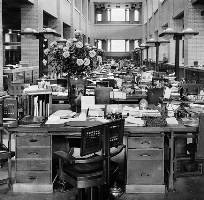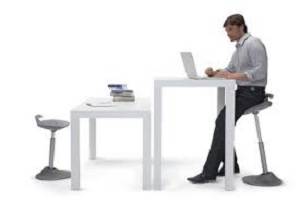March 25, 2013
Why office furniture leasing is not necessarily a great option
 It seems like a perfect idea. The business needs new desks, chairs and cupboards and that refurbishment is long overdue. Or perhaps it’s time to move and the old furniture won’t make it in one piece. The furniture supplier wants to make the sale. Business has been slow and it’s the end of the month and sales targets need to be met. The company is making profits and the order book is pretty full, but cash is tight and the Finance Director begrudges every penny spent. So why not arrange for the furniture to be leased? It’s a question people in the office furniture supply business have now been asking for a number of years.
It seems like a perfect idea. The business needs new desks, chairs and cupboards and that refurbishment is long overdue. Or perhaps it’s time to move and the old furniture won’t make it in one piece. The furniture supplier wants to make the sale. Business has been slow and it’s the end of the month and sales targets need to be met. The company is making profits and the order book is pretty full, but cash is tight and the Finance Director begrudges every penny spent. So why not arrange for the furniture to be leased? It’s a question people in the office furniture supply business have now been asking for a number of years.

























March 28, 2013
Our hardwired response to patterns can be a useful trait for designers
by Mark Eltringham • Comment, Facilities management, Workplace design
More →